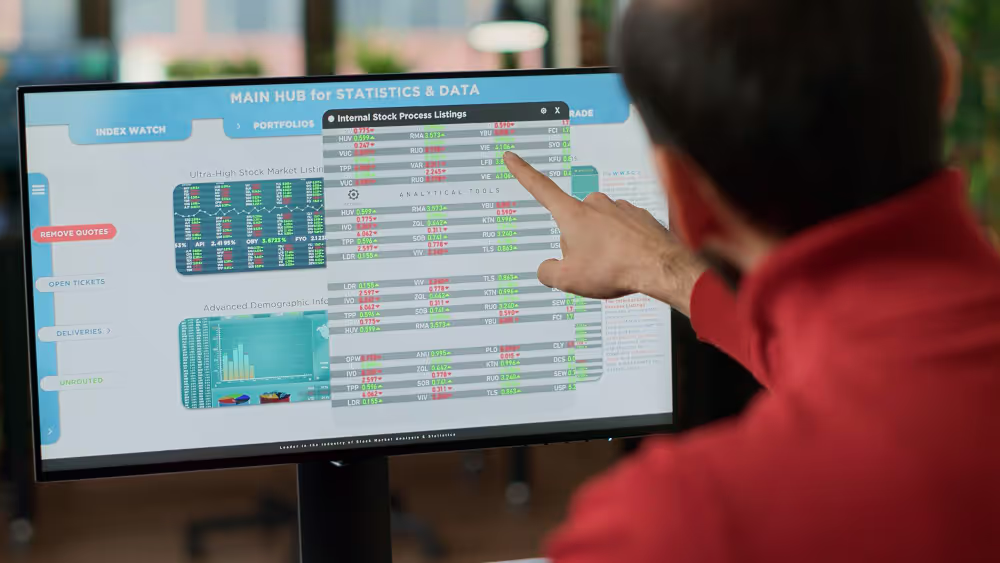Tailored QA Solutions
A portfolio-level quality strategy that aligns risk models, traceability, automation, and TestOps so daily work maps to measurable outcomes in regulated environments.

Who This Fits
Product and engineering leaders consolidating scattered QA practices
Organizations entering regulated markets or scaling to multiple teams
Programs needing clear traceability from requirements to evidence
Teams adopting automation/TestOps without a unifying strategy
End-State Benefits
What the strategy produces: consistent release cadence, complete evidence trails, leaner regression time, robust automation, clarified responsibilities, and transparent operational metrics.
Predictable Release Result
Risk-based gates align scope to impact.
Audit-Ready Evidence
Traceability patterns clarify decisions and results.
Lower Regression Time
Targeted scope and parallelism reduce hours.
Stable Automation & TestOps
Design standards and data contracts curb flakiness.
Built for Regulated Products
Structured for GxP CSV, FDA 21 CFR Part 11, EMA Annex 11, ISO/IEC 42001, and EU AI Act—focusing on practical traceability, signatures/approvals, and defensible documentation.

What’s Included

Strategic Validation & QA
Portfolio risk model and quality objectives
Test policy, SOP/WI set
Requirements-to-test traceability blueprint
KPI framework

Operational Validation & QA
Working agreements, test design system
Release criteria, sign-off workflow
UAT orchestration
Documentation hygiene

AQA Automation Testing & TestOps
Maintainable frameworks, coding standards
Layered automation (API, service, UI, contract, performance)
CI/CD quality gates, flaky test control loop
Parallelization, environment contracts
How the Work Gets Done
Baseline & Risks (2-3 weeks)
Current-state scan, artifact review, pipeline assessment, maturity scoring, risk map.
Strategy & Blueprint (2–4 weeks)
Quality objectives, policy/SOPs, traceability model, KPI set, tooling architecture.
Pilot & Alignment (4–6 weeks)
Pilot on a critical flow; align AQA/TestOps; refine gates and metrics.
Rollout & Uplift (ongoing)
Scale patterns, training, quarterly reviews, and continuous improvement loops.
1. Baseline & Risks
Establish the current state, quantify risk, identify quick stabilizers.
Key activities
- Stakeholder interviews, review of policies
- CI/CD and pipeline scan
- Test inventory, coverage analysis
- Test data and environments assessment
- KPI baseline
Deliverables
- Baseline report and maturity heatmap
- Prioritized risk register with quick-win actions
- KPI starter set with definitions and target ranges
- Pilot candidate shortlist and selection criteria

2. Strategy & Blueprint
Design a portfolio-level operating model connecting strategy, ops, automation, and evidence.
Key activities
- Define quality objectives and risk model
- Draft Test Policy, SOP/WI set
- Requirements-to-test traceability model
- Risk-based test strategy and coverage model
- Automation standards
- TestOps blueprint
- KPI catalog
Deliverables
- Global Test Policy
- Strategic Validation Plan
- RACI, SOP/WI pack, role-based runbooks
- Traceability templates (RTM), test design system
- AQA reference architecture
- TestOps gate definitions and dashboard specs

3. Pilot & Alignment
Prove the blueprint on a critical flow and align teams and tooling.
Key activities
- Implement risk-based scope
- Stand up automation layers for the pilot flow
- Integrate CI/CD quality gates
- Execute UAT orchestration
- Risk-based test strategy and coverage model
- Run performance sanity checks
- Basic security checks as needed
- Measure KPI
Deliverables
- Pilot report
- Stable automated suite for the pilot flow
- Enablement session(s) for engineers, QA, product stakeholders

4. Rollout & Uplift
Scale patterns across teams; institutionalize continuous improvement.
Key activities
- Roll out playbooks, SOPs, gates, and templates across products/squads
- Establish quality guilds/chapters
- Onboarding and refresh training cadence
- Expand automation depth
- Optimize regression scope via risk signals
- Quarterly maturity reviews
- Periodic compliance reviews
Deliverables
- Portfolio coverage map and quarterly scorecards
- Updated playbooks, standards, and curriculum
- Executive dashboards for release health

Tailored QA Solutions Await You
Ready to elevate your software quality? Contact us today to discuss how we can create a customized Strategic QA plan that meets your unique business needs.
FAQs
Get answers on where strategic validation starts, what it covers, and why it matters.
Global Validation & QA is the enterprise-wide operating model for governance, policy, SOPs, metrics, and evidence patterns that unify how quality works across products, teams, and toolchains.
Strategic Validation & QA is the portfolio blueprint incliding risk model, traceability framework, KPIs, quality gates, and architectural choices that steer where to invest testing and automation.
Operational Validation & QA is execution day-to-day Validation & QA activities, automation runs, UAT, releases, defect management, and documentation that produce audit-ready evidence.
Stabilizers arrive early, structural outcomes follow pilot and rollout.
Yes — AQA/TestOps are core modules to make strategy executable.
Light interviews and artifact reviews in discovery.
Weekly checkpoints during pilot.
Focused enablement sessions during scale-out.
Cadence is designed to minimize delivery disruption.
A portfolio risk model ranks flows by impact and likelihood. Testing scope, automation depth, and non-functional checks follow that signal.
